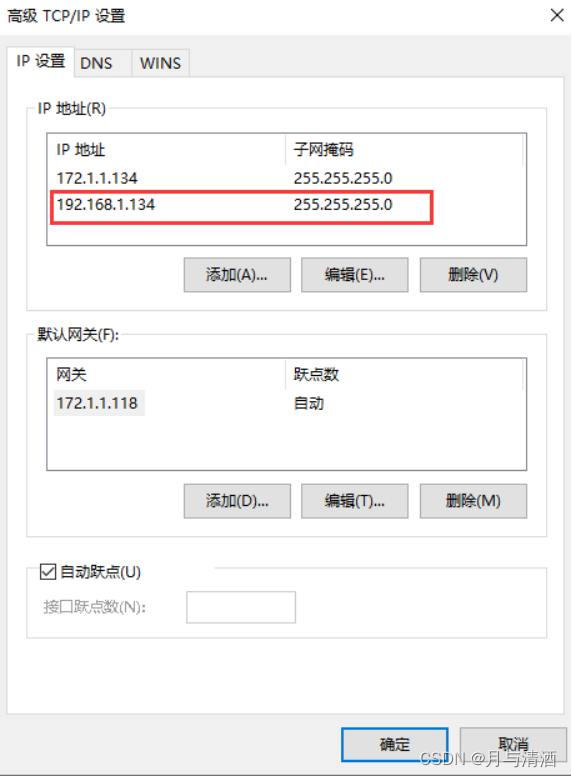在C语言中,可以使用printf()函数打印IP地址。常见的方法是将IP地址转换为点分十进制格式,并使用%s或%u.%u.%u.%u等格式说明符进行打印。
以下是一些示例代码:
- 将IP地址转化为字符串并以"%s"格式打印
#include <stdio.h>
#include <arpa/inet.h>int main() {struct in_addr addr;addr.s_addr = htonl(0x7F000001); // 127.0.0.1char* ip_str = inet_ntoa(addr);printf("IP地址:%s\n", ip_str); // 打印IP地址return 0;
}
- 将IP地址各位拆开后,按照"%u.%u.%u.%u"的格式打印
#include <stdio.h>
#include <arpa/inet.h>int main() {struct in_addr addr;addr.s_addr = htonl(0xC0A80101); // 192.168.1.1unsigned char *ip_bytes = (unsigned char *) &addr.s_addr;printf("IP地址:%u.%u.%u.%u\n", ip_bytes[0], ip_bytes[1], ip_bytes[2], ip_bytes[3]);return 0;
}
需要注意的是,这种方法只适用于IPv4地址。如果要处理IPv6地址,则应使用其他函数(如inet_ntop())并提供相应的参数。
另外,尽管上述示例代码仅打印了一个硬编码的IP地址,但实际上我们应该尽可能从配置文件、命令行参数或其他安全的方式指定要打印的IP地址。防止恶意用户通过注入恶意字符串来攻击程序。





